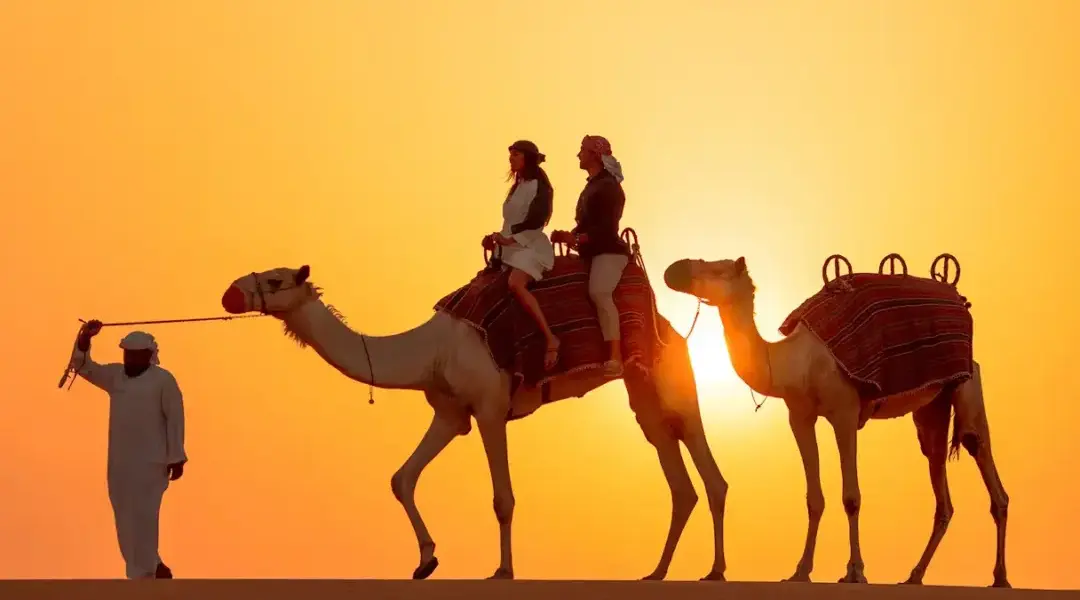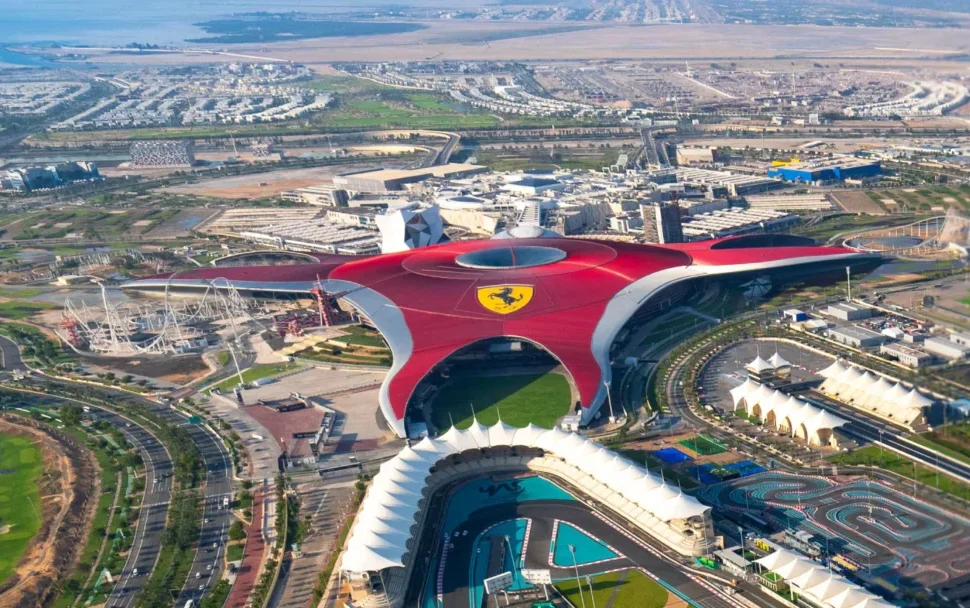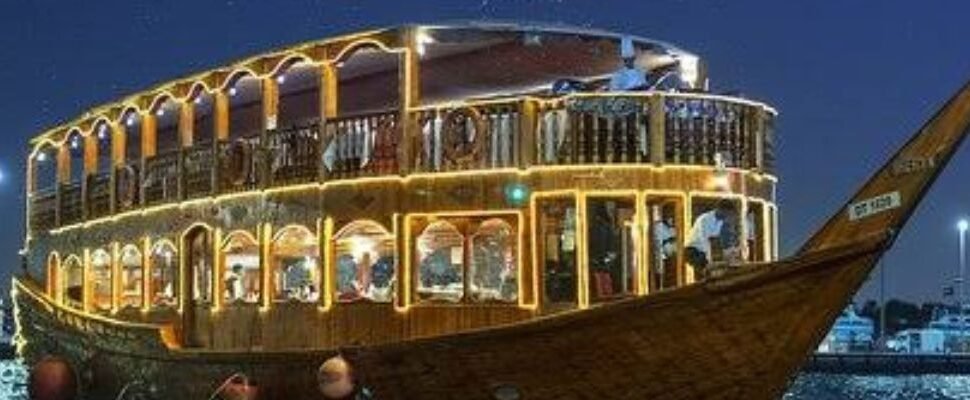The Arabian desert’s palette flips from pastel dawn to copper sunset in minutes. Plan for light, locations, and a short shot list and your desert safari photos will feel cinematic instead of lucky. With Forever Tourism, we time stops for glow, pre-scout angles, and pace the day so you shoot action, portraits, and details without stress.
Where to Shoot (each zone = different look)
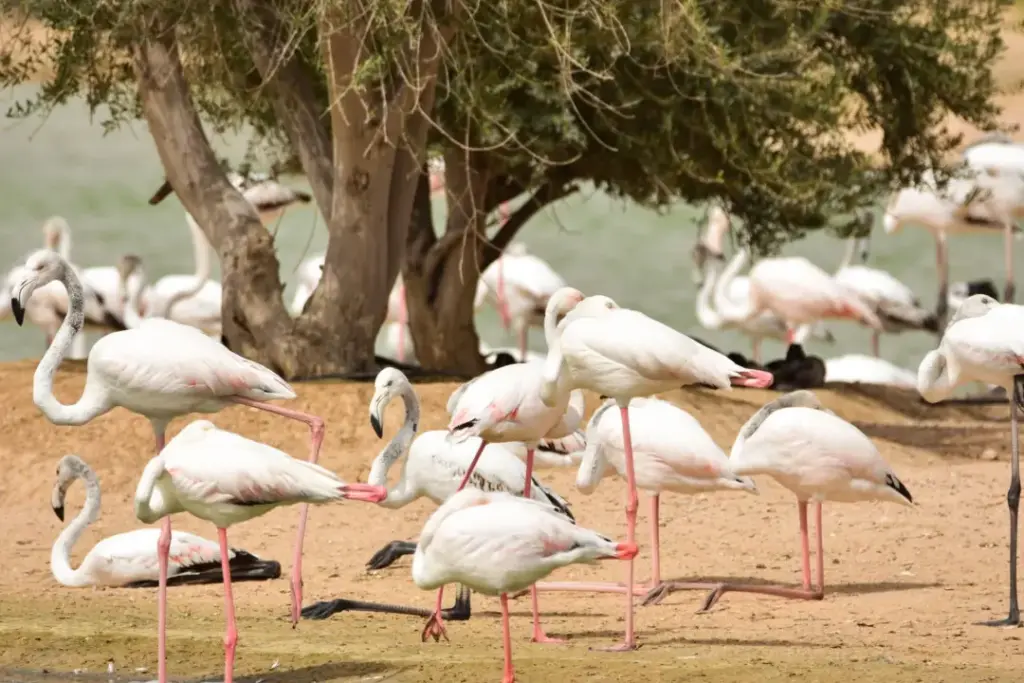
- Lahbab / Red Dunes: Tall, soft ridges and crisp leading lines—ideal for silhouettes, flying sand, and ridge-top convoys.
- Al Qudra Desert & Lakes: Closer to the city; gentler dunes plus reflective water for serene compositions.
- Dubai Desert Conservation Reserve: Softer drives, oryx/gazelle moments, and nature-led frames.
Tell us your hotel area and photo goals; we’ll match the route to the best vantage points for standout desert safari photos.
When to Go — Sunrise vs. Sunset
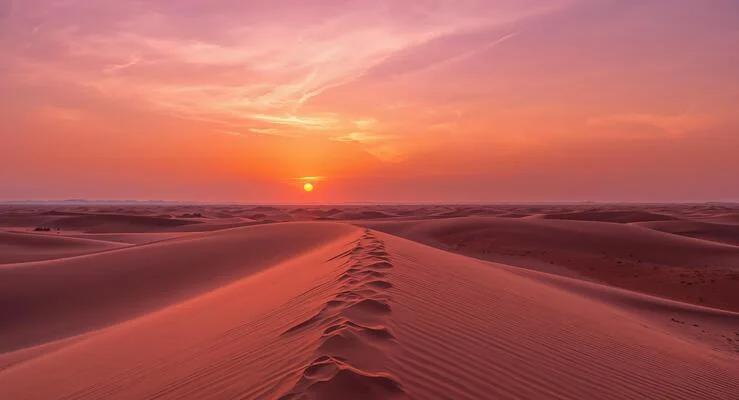
- Sunrise: Cooler, calmer, and pastel light; consequently great for clean dunes with minimal footprints.
- Sunset: Rich color and long shadows; meanwhile, it pairs naturally with camp shows and a BBQ dinner for culture-led frames.
- Season: October–April offers peak comfort; however, summer mornings also work well if you start early.
Build a Shot List (so you don’t miss keepers)
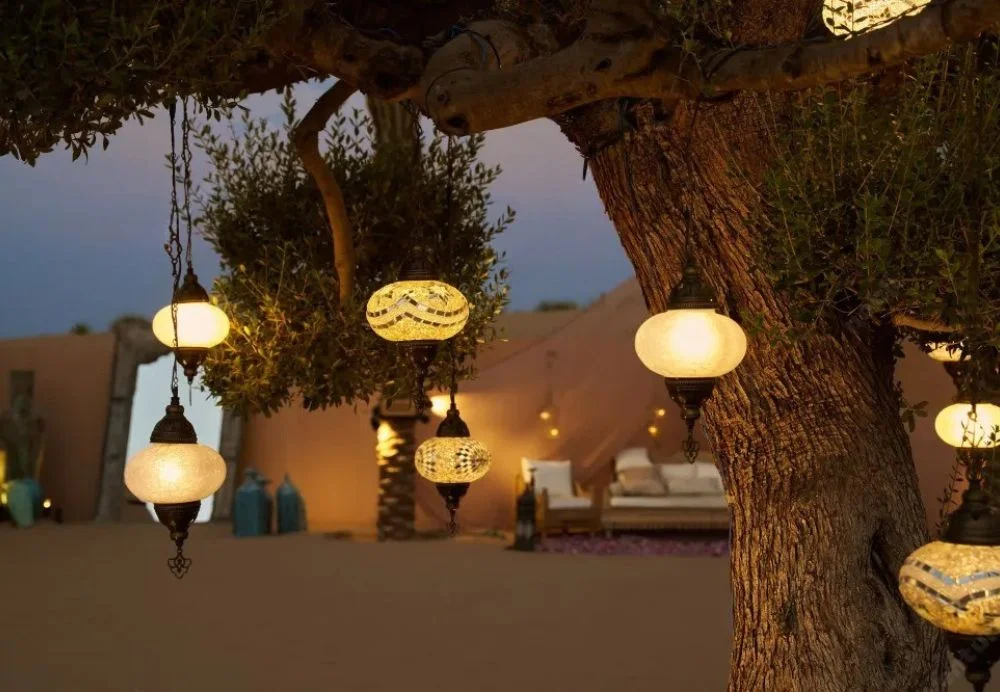
Action:
- 4×4 cresting the ridge at a diagonal—shoot low for sand spray.
- Sandboarding/sledding laps with a parallel tracking angle.
Portraits:
- Camel silhouettes on the horizon at golden hour.
- Coffee pour, henna art, and lantern glow at camp.
Details:
- Tire deflation valves, board wax, dune ripples, footprints, grill smoke.
Night (if you stay late):
- Lantern-lit camp and star dots (seasonal). Therefore, bring a mini tripod.
Phone & Camera Settings That Just Work
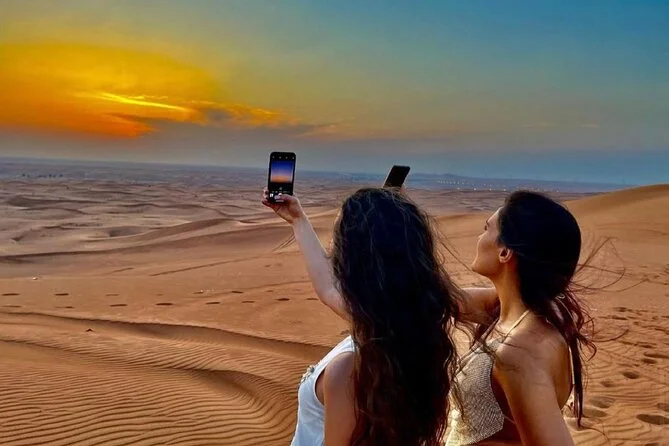
- Smartphone: Enable grid; tap to lock focus/exposure; at sunset, drag exposure slightly down to retain color. Use 0.5× for wide dunes and 1× for people (avoid heavy digital zoom).
- Mirrorless/DSLR: 1/1000s for action; f/4–f/8 for crisp dunes; ISO 100–800 depending on light; shoot RAW+JPEG for flexibility.
- Stability: Brace elbows on the car frame or use a small travel tripod. Windy day? Increase shutter speed and shoot lower to the sand.
Composition Tricks You’ll Use All Day
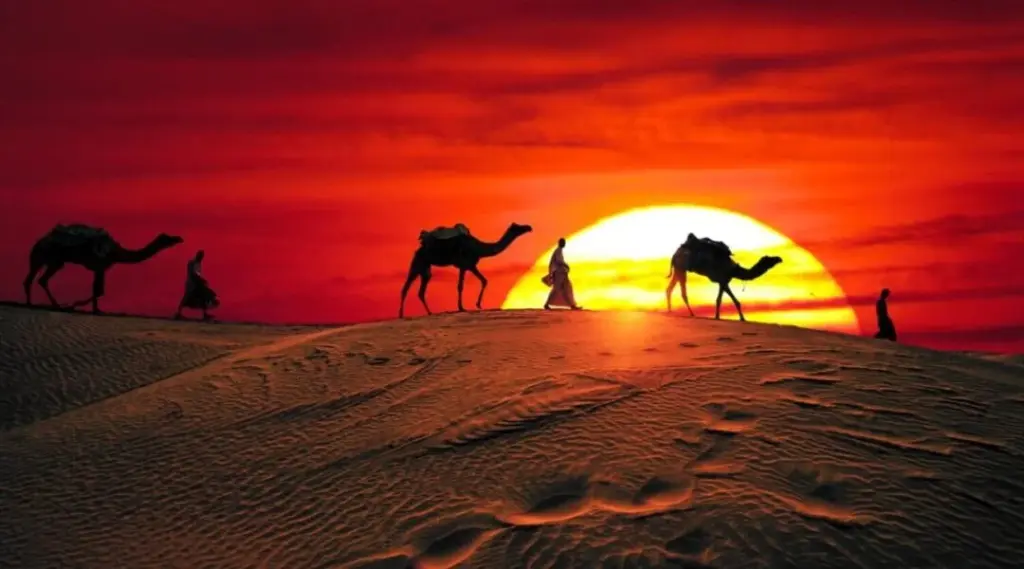
- Leading lines: Walk the ridge so footprints guide the eye.
- Rule of thirds: Keep the horizon on the upper third to showcase textured foregrounds.
- Scale: Place a person, camel, or 4×4 small in frame to show vastness.
- Backlight: Shoot toward the sun for glowing edges; however, shield lens flare with a hand or hood.
What to Wear (comfort shows on camera)
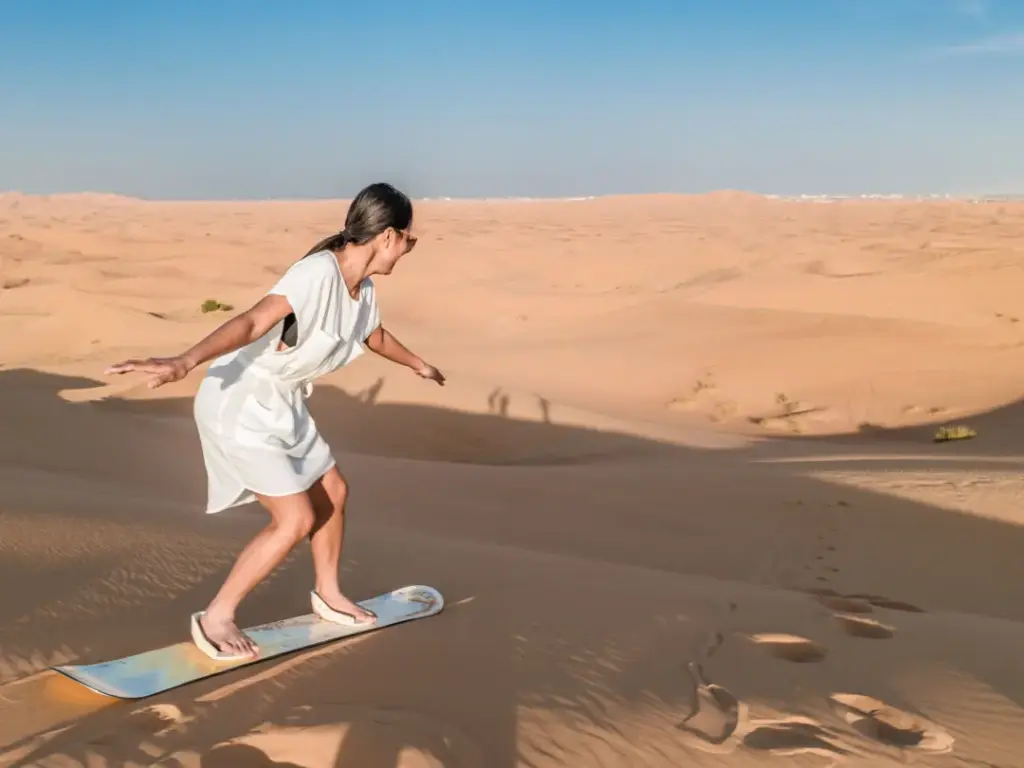
Breathable layers and closed shoes; add sunglasses, SPF 30+, and a light scarf for breeze and glare. Neutral or earth tones (white, beige, denim) pop against red dunes and keep your desert safari photos cohesive.
Inclusions — Photo-Led Safari Packages Typically Cover
- Hotel pick-up & drop-off (shared or private 4×4)
- Licensed driver-guide who sequences stops by light
- Dune bashing (pace adjustable) with safe, repeatable passes for multiple angles
- Sandboarding/sledding time for motion frames
- Camel portrait stop at golden hour
- Water/soft drinks; Arabic coffee & dates at many camps
- Evening option: camp access with live shows (where scheduled) and BBQ dinner
Exclusions — What’s Usually Not Included
- Personal expenses and gratuities
- Quad bikes / dune buggies (optional add-ons)
- VIP seating at camp or professional photo/video packages (on request)
- Drone permits (rules may change—always confirm current regulations)
- Out-of-zone transfers or special pick-ups (if applicable)
Why Choose Forever Tourism for Desert Safari Photos

- Light-first routing: We time golden hour, manage crowd flow, and prioritize clean angles for better desert safari photos.
- Safety & pacing: Repeatable ridge passes and smart positioning—so creators and families both win.
- Transparent inclusions: Clear, line-by-line details—no last-minute surprises.
- Flexible builds: Add quads/buggies, VIP seating, or a private car for gear space and control.
- Quick support: Fast confirmations and practical on-ground coordination.
FAQs — Desert Safari Photos
1) Do I need dune bashing to get great photos?
Not necessarily. Gentle ridge stops, a camel loop, and well-timed sunset positions can yield striking desert safari photos without high intensity.2) Can I bring a drone?
Possibly—with permits and in line with current rules. Therefore, confirm regulations and operator policies before flying.3) Which lenses work best?
A wide (16–24mm) for scale and a mid-zoom (24–70mm) for portraits. Phone users can mix 0.5× and 1×; avoid heavy digital zoom.4) It’s windy—how do I adapt?
Increase shutter speed, shoot lower to the sand, protect lenses with a microfiber cloth, and change lenses only in sheltered spots.5) What colors photograph well on dunes?
Earth tones, white, and denim. Meanwhile, avoid busy patterns that distract from the landscape.Ready to Capture Desert Safari Photos You’ll Love?
Tell us your date, hotel area, group size, and photo goals (action, portraits, or night). We’ll design a route for memorable desert safari photos — with the right light, stops, and optional camp dinner—so you can simply arrive and shoot.
For assistance:
How to Contact?
Call us at +971 43889941
WhatsApp us at +971565481112
Email us at info@forevertourism.com

